Descrição
EU. Introdução
Definição de Pipeline Pigging
Pipeline Pigging refere -se ao processo de uso de dispositivos conhecidos como "porcos" para executar várias operações de manutenção dentro de um pipeline. Essas operações podem incluir a limpeza do oleoduto, a inspeção de sua integridade, a remoção de depósitos construídos e mantendo o fluxo eficiente do produto que está sendo transportado.
Importância de Pipeline Pigging na indústria de petróleo e gás
O Pipeline Pigging tem grande importância na indústria de petróleo e gás devido ao seu papel na manutenção da eficiência, segurança e longevidade dos pipelines. O porquinho ajuda a remover detritos, escala e outros depósitos indesejados que se acumulam ao longo do tempo, garantindo um fluxo desobstruído de petróleo ou gás. As inspeções regulares de porcos também fornecem insights cruciais sobre a condição do oleoduto, ajudando a identificar possíveis problemas como rachaduras, corrosão ou outras anomalias que podem levar à falha do pipeline se não forem endereçadas. Essa abordagem de manutenção proativa não apenas ajuda a prevenir o tempo de inatividade caro e os incidentes ambientais catastróficos, mas também estende a vida operacional da infraestrutura de pipeline. Consequentemente, o porquinho é uma prática vital para qualquer operação de petróleo e gás que visa manter o desempenho ideal do pipeline, garantir a segurança ambiental e reduzir os custos operacionais.
Ii. Pipeline Pigging: básico e tipos
Porco Mecânico
Porcos de limpeza mecânica com xícaras:
Os porcos de limpeza mecânica da EMT com xícaras são projetados com uma estrutura de aço e copos de 2-4 ou mais selados, com um transmissor de posicionamento eletrônico opcional. Esses porcos são proficientes na remoção de detritos de pipeline, como pedras, barras de madeira, etc., e são utilizados em porquinhos pré-produção, substituição de nitrogênio, teste de pressão da água e drenagem, entre outros. Eles são compatíveis com vários meios, incluindo óleo cru, óleo de produto, óleo comestível, gás natural, GNL, materiais químicos, pasta de água de carvão, esgoto e água corrente. Suas propriedades de vedação eficazes e a distância operacional de 100-150 milhas tornam-as uma escolha confiável para diversos requisitos de limpeza de oleodutos.
Porcos de limpeza mecânica com discos:
Os porcos de limpeza mecânicos com discos da EMT apresentam uma estrutura de aço, 2 discos guia, 4-6 discos de vedação e um transmissor de posicionamento eletrônico. Projetado para limpeza de oleodutos, descarga de água, bloqueio de água, isolamento dielétrico e aplicações de rios, eles efetivamente removem a escala, a cera e os depósitos dos oleodutos. Eles operam bidirecionalmente, oferecendo flexibilidade nas operações de limpeza e podem lidar com vários meios, incluindo petróleo bruto, óleo de produto, óleo comestível, gás natural, GNL, materiais químicos, pasta de água de carvão, esgoto e água corrente.
Porcos de espuma

Os porcos espumosos, disponíveis em densidades e desenhos variados, oferecem soluções versáteis e econômicas para a limpeza de dutos. O tipo básico, o porco de espuma nu, é feito de um material semelhante a uma esponja e pode se deformar até 60% para navegar em pequenas curvaturas de raio. Ele se destaca na varredura, desidratação e secagem. Outro tipo, o porco espumado cruzado com escova, foi projetado para remover a sujeira e os depósitos teimosos, tornando-o adequado para tratamentos de limpeza precoce.
A densidade pesada PU PUL POLLY RURCRER PIG com escovas de arame em espiral oferece desempenho aprimorado de limpeza para remoção de ferrugem e lodo em tubulações de longa distância, graças às escovas de arame em espiral. Por fim, o swab de porco de oleoduto de poliuretano de poliuretano de densidade média com escovas combina os benefícios de porcos de espuma nua com pincéis adicionais para uma melhor eficácia da limpeza.
Esses porcos de espuma compartilham várias vantagens, incluindo seu design leve e flexível, rastreamento preciso de localização, alta resistência ao desgaste, desempenho eficaz de limpeza e eficiência de custo. Esses recursos tornam os porcos espumos uma ferramenta inestimável para a manutenção do pipeline.
Porcos Esféricos
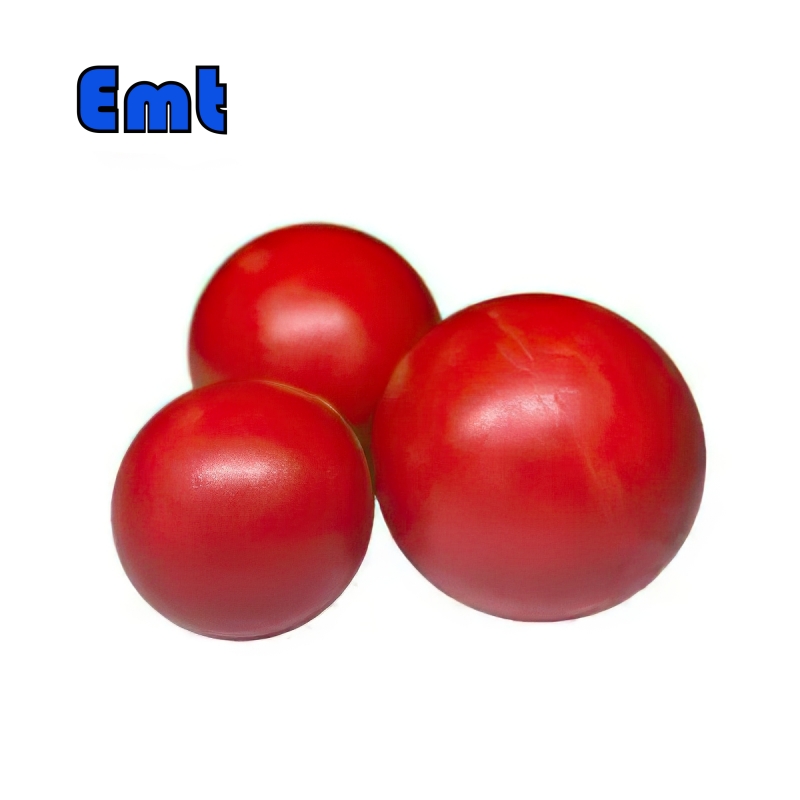
Porcos esféricos, que são bolas redondas ocas normalmente feitas de materiais como poliuretano ou borracha, ressurgiram como ferramentas valiosas em gasodutos de gás natural. Eles foram originalmente usados para remover líquidos como água e condensados, mas recusaram em uso devido a alterações regulatórias e à instalação de equipamentos de separação líquida. No entanto, o ressurgimento dos porcos esféricos é impulsionado pela necessidade de remover líquidos dos sistemas de coleta de gás rico em peças de xisto.
Esses porcos esféricos podem ser inflados e estão equipados com válvulas de inflação, tornando -os eficazes no deslocamento dos líquidos dentro dos tubulações. Eles são conhecidos por sua capacidade de rolar em posições de lançamento, permitindo que vários porcos sejam carregados e liberados automaticamente usando os pinos de lançamento. Essa automação reduz a mão de obra, reduz os custos e minimiza a liberação de gás.
Os porcos esféricos não infláveis também estão disponíveis e são mais adequados para condições de baixo fluxo devido à sua flexibilidade. No entanto, os porcos esféricos têm limitações, como sua forma e peso redondos quando preenchidos com líquido, exigindo equipamentos de manuseio especial.
Porcos fundidos sólidos
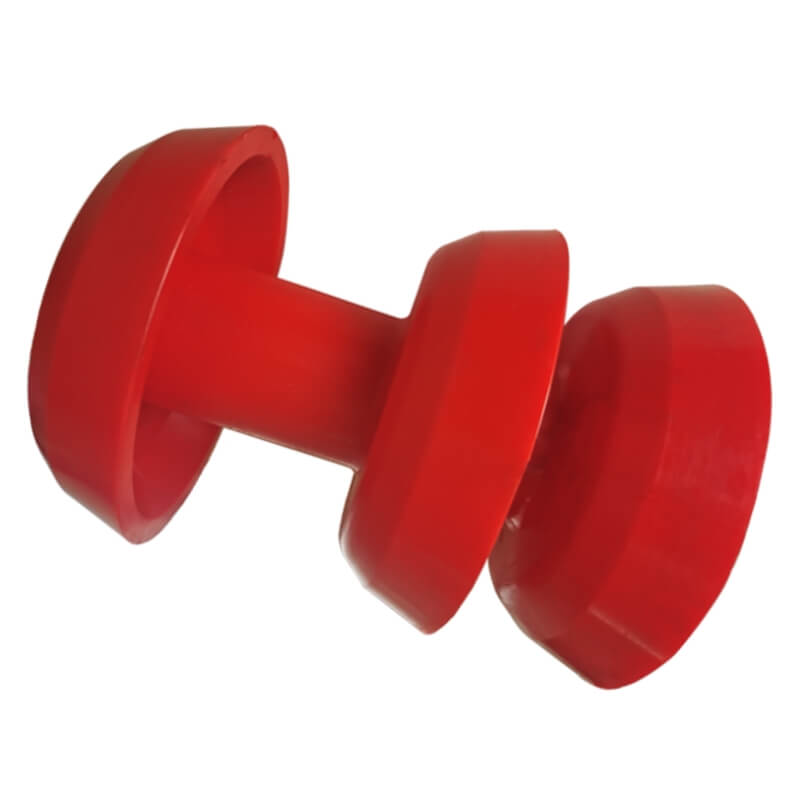
Os porcos fundidos sólidos são projetados especificamente para manutenção de pipeline, proporcionando um excelente desempenho de limpeza devido à sua composição durável de poliuretano. Essas ferramentas, que não possuem um esqueleto, são capazes de limpar e desviar eficientemente pipelines de tamanhos e irregularidades variáveis, graças à sua sólida construção. Sua aplicação é diversa, estendendo -se a oleodutos que transportam água, gás, petróleo e reagentes químicos. Seu design robusto e flexível facilita a navegação fácil por meio de pipelines, garantindo assim a integridade do pipeline. Seja detritos, escala ou qualquer outro acúmulo, porcos fundidos sólidos são uma escolha confiável e eficaz para a limpeza de dutos.
Essas ferramentas de manutenção são feitas de poliuretano superior, um material reconhecido por sua resiliência e durabilidade. A construção robusta dos porcos fundidos sólidos lhes permite suportar as condições adversas dentro dos oleodutos, incluindo altas pressões, materiais abrasivos e substâncias corrosivas. O material de poliuretano atinge um equilíbrio perfeito entre rigidez e flexibilidade, permitindo que essas ferramentas executem de maneira confiável, mesmo em circunstâncias desafiadoras.
Iii. Como funciona o porquinho do pipeline
O pipeline Pigging é um processo em que um dispositivo, chamado de 'porco', é enviado através de um oleoduto para executar várias tarefas de limpeza, inspeção ou manutenção. O porco é inserido em uma estação de lançamento e movido através do tubo pelo fluxo de um fluido ou gás.
Mecanismo de propulsão
O mecanismo de propulsão refere -se à força motriz que move o porco através da tubulação. Esta é normalmente a pressão do fluido ou gás que está sendo transportado no oleoduto. O porco é impulsionado para a frente por essa pressão enquanto viaja da área de alta pressão para a área de baixa pressão.
Pressão diferencial (DP)
A pressão diferencial é a força que leva o porco através do oleoduto. É a diferença entre a pressão a montante (onde o porco é lançado) e a pressão a jusante (onde o porco é recebido). O porco se move da área de maior pressão para a área de menor pressão.
Pressão de volta (BP)
A pressão traseira é a resistência à pressão que um porco experimenta do lado a jusante da tubulação. É importante manter um certo nível de pressão para controlar a velocidade do porco e garantir que ele não se mova muito rapidamente, o que pode causar danos.
Excursão de velocidade de porco
A excursão de velocidade de porco refere -se à variação na velocidade do porco enquanto viaja pelo pipeline. Fatores como diâmetro da tubulação, projeto de porco, viscosidade do fluido e diferenciais de pressão podem afetar a velocidade do porco.
Lançadores e receptores
Lançadores e receptores são os pontos de partida e final para operações de porquinhos. Um lançador injeta o porco no pipeline, e o receptor o recupera no final de sua jornada. Eles foram projetados para manusear com segurança e eficiência o porco antes e depois da operação de porco.
Limpeza e manutenção de oleodutos
O Pipeline Pigging desempenha um papel crucial na limpeza e manutenção de oleodutos. Os porcos removem detritos e depósitos, ajudando a evitar bloqueios e a manter o fluxo ideal do conteúdo do pipeline.
Inspeção de pipeline e gerenciamento de integridade
Além da limpeza, o porquinho também é usado para inspeção de pipeline e gerenciamento de integridade. Os porcos de inspeção, também conhecidos como "porcos inteligentes", estão equipados com sensores e detectores para identificar questões como corrosão, rachaduras ou anomalias na parede do pipeline, ajudando a garantir a segurança e a longevidade do oleoduto.
EUV. Aplicações e significado de porquinho
Limpeza de oleodutos
O porquinho é amplamente utilizado para a limpeza da tubulação, onde os porcos são enviados através do oleoduto para remover detritos, sedimentos e outros depósitos que podem obstruir o fluxo ou causar corrosão. Isso ajuda a manter a eficiência e a longevidade do pipeline.
Limpeza de pré-comissionamento
Antes de um oleoduto ser colocado em serviço (pré-comissionamento), ele passa por uma limpeza completa para remover detritos de construção, escala de moinho e ferrugem. O porquinho é um método comum para essa limpeza inicial, garantindo que o pipeline esteja pronto para operação segura e eficiente.
Manutenção e reparo
O porquinho é crucial para a manutenção e reparo regular de oleodutos. Ajuda a detectar sinais precoces de dano ou corrosão, permitindo reparos proativos. Isso ajuda a evitar falhas catastróficas e mantém a eficiência operacional do pipeline.
Medir restrições internas de furo
O porquinho é usado em operações de medição para detectar restrições internas de furo. Os porcos que mediram, projetados para corresponder ao diâmetro interno mínimo do pipeline, são usados para identificar quaisquer obstruções ou anomalias dimensionais dentro do pipeline.
Secagem e desidratação de oleodutos
Após testes hidrelétricos ou qualquer operação que envolva água, o porquinho é usado para secar e desidrar o oleoduto. Os porcos espumosos são normalmente usados para esse fim, pois possuem excelentes capacidades de absorção de água.
Inspeção de pipeline para integridade
Inspeção ou porcos "inteligentes" são usados para gerenciamento de integridade de pipeline. Equipados com sensores e detectores, esses porcos detectam anomalias de pipeline, como rachaduras, corrosão ou afinamento da parede. Isso permite a detecção e reparo precoce, garantindo a segurança e a confiabilidade do pipeline.
Use em diferentes atividades de pipeline
Além das aplicações mencionadas acima, o porquinho é usado em várias atividades de pipeline, incluindo separação de produtos, deslocamento de um produto com outro e lote. Sua versatilidade faz do porquinho um componente crucial na operação e manutenção de pipelines.
V. Conclusão
- Recapitulação da importância e versatilidade do pigging em dutos
A pigging de dutos desempenha um papel vital em vários aspectos das operações e manutenção de dutos. É fundamental para a limpeza de tubulações, tanto durante o pré-comissionamento quanto na manutenção regular, para garantir um fluxo ideal e prevenir a corrosão. Pigging ajuda na detecção precoce de danos, permitindo reparos proativos para manter a integridade da tubulação. Auxilia na identificação de restrições de diâmetro interno, garantindo operações eficientes de dutos. Pigging também é usado para secar e desidratar tubulações após operações envolvidas em água. Com os pigs “inteligentes”, estende-se à inspeção de tubulações em busca de possíveis anomalias. Conseqüentemente, a importância e a versatilidade do pigging no gerenciamento de dutos são significativas, contribuindo para a eficiência operacional, segurança e economia.
- O papel do pigging na garantia da segurança e eficiência do gasoduto
Pigging desempenha um papel crucial para garantir a segurança e a eficiência das operações de dutos. Ao limpar a tubulação, o pigging ajuda a manter o fluxo ideal e evita bloqueios, melhorando assim a eficiência e reduzindo o risco de rupturas perturbadoras e potencialmente perigosas. Em termos de segurança, os pigs “inteligentes” são usados para inspeções de tubulações, detectando sinais precoces de danos, como corrosão, rachaduras ou adelgaçamento de paredes. Isto permite reparos oportunos, evitando falhas graves e garantindo a segurança e longevidade do gasoduto. Além disso, o pigging auxilia no gerenciamento da integridade das tubulações, identificando restrições de furo interno e desidratando as tubulações após operações envolvendo água. Portanto, o pigging é um processo essencial que contribui significativamente tanto para a segurança quanto para a eficiência das operações de dutos.
- Considerações finais sobre a importância da manutenção e inspeção de rotina na indústria de petróleo e gás.
A manutenção e inspeção de rotina desempenham um papel indispensável na indústria de petróleo e gás. Estes processos não só garantem a eficiência operacional e a longevidade de infraestruturas cruciais, mas também protegem contra perigos potenciais e paralisações dispendiosas. A manutenção regular, incluindo atividades como pigging, ajuda a manter taxas de fluxo ideais, evitar bloqueios e mitigar danos corrosivos. As inspeções, especialmente utilizando porcos “inteligentes”, permitem a deteção precoce de anomalias ou sinais de danos, permitindo reparações atempadas e evitando falhas catastróficas. À medida que a indústria continua a operar em ambientes cada vez mais desafiadores, a importância da manutenção e inspeção de rotina torna-se ainda mais primordial. É através destas medidas proativas que a indústria pode garantir a segurança, manter a produtividade e respeitar os padrões ambientais, contribuindo, em última análise, para a sua sustentabilidade e rentabilidade a longo prazo.

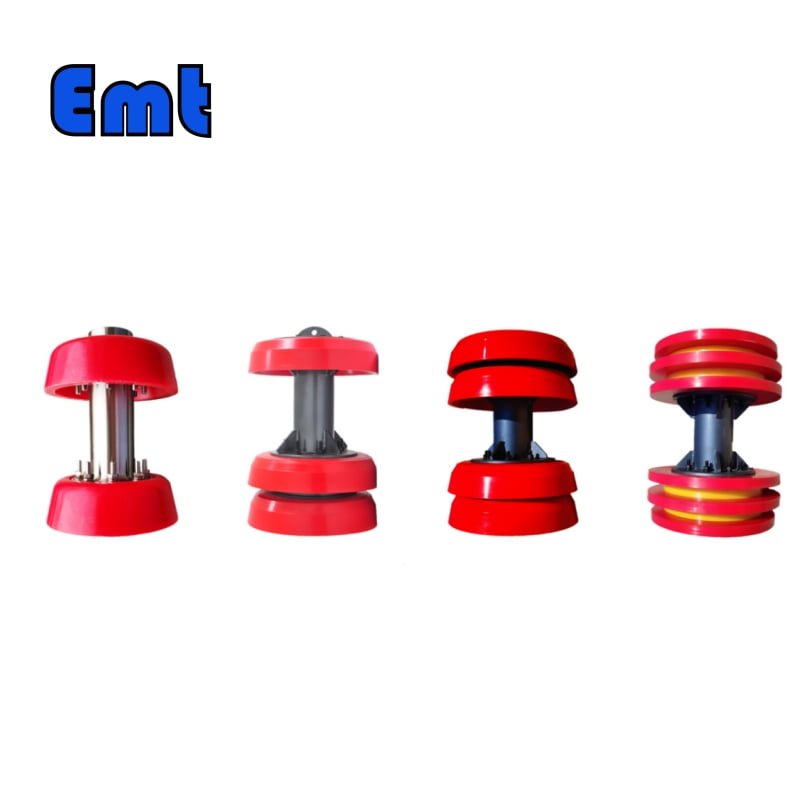
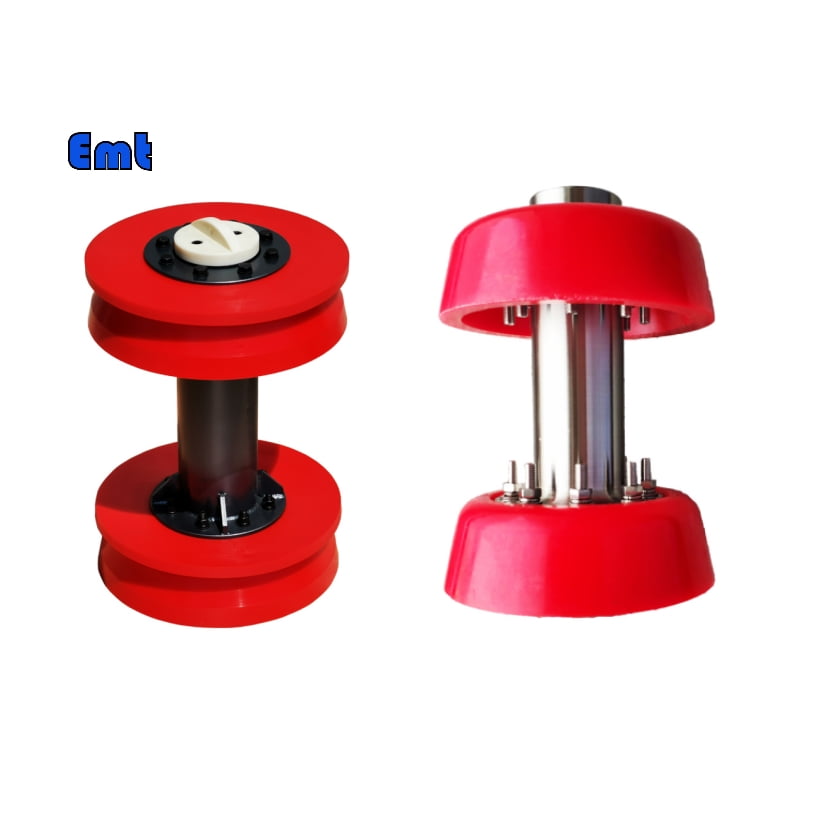
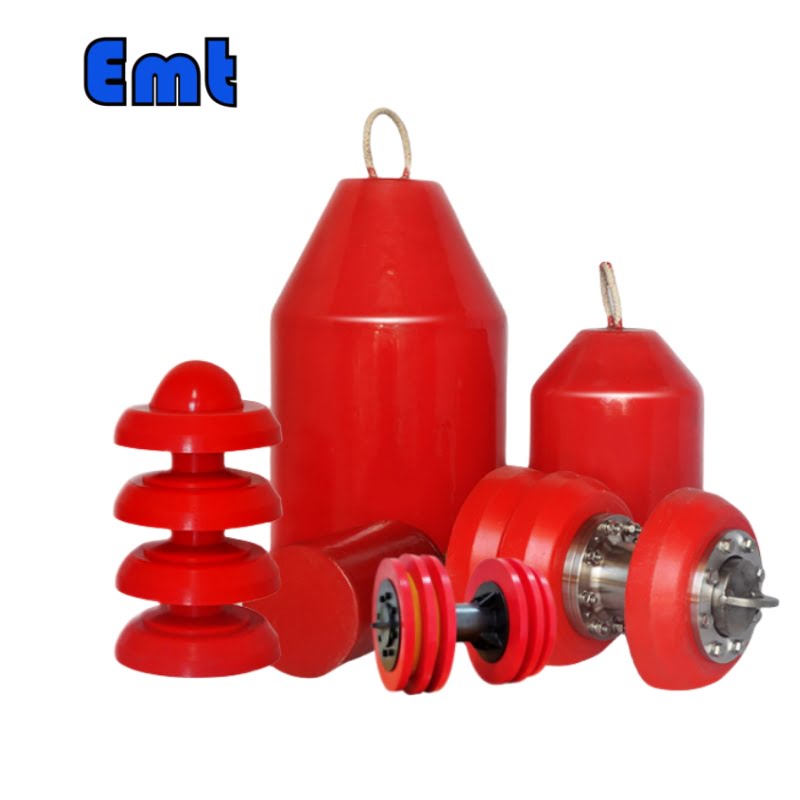

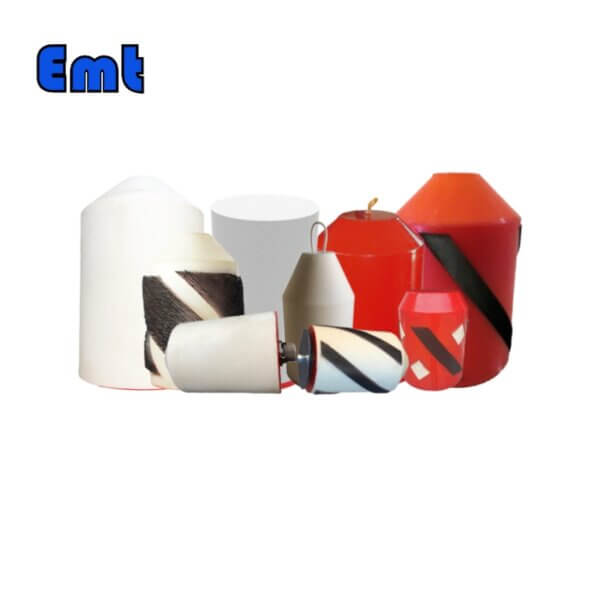
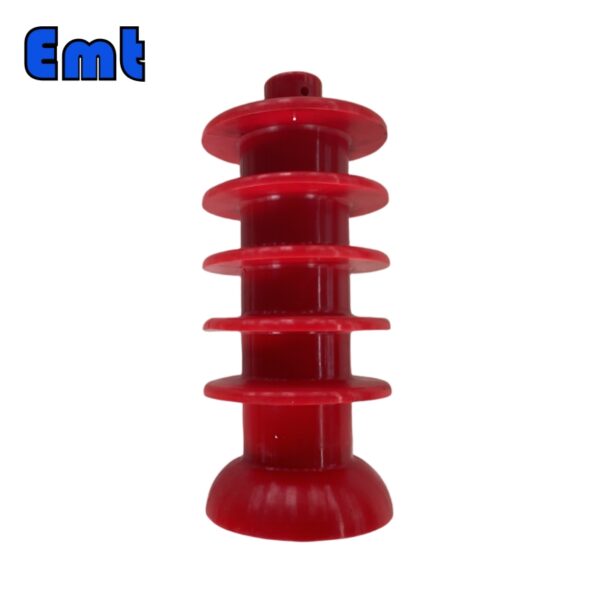
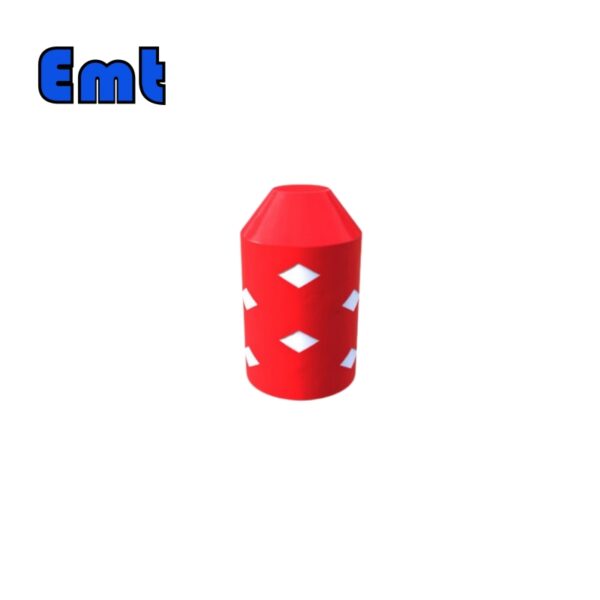
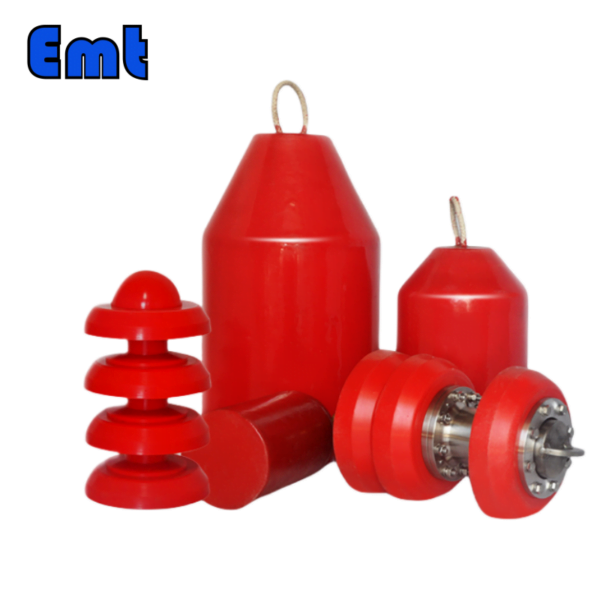
Avaliações
Não há comentários ainda.